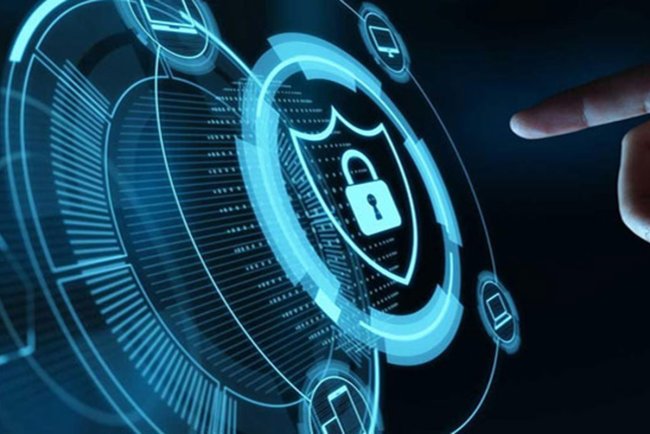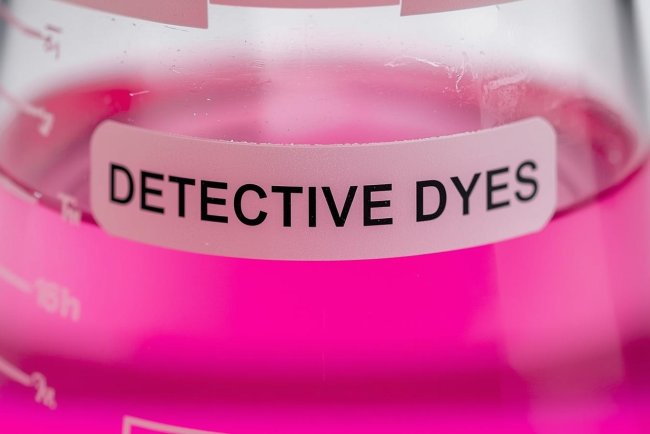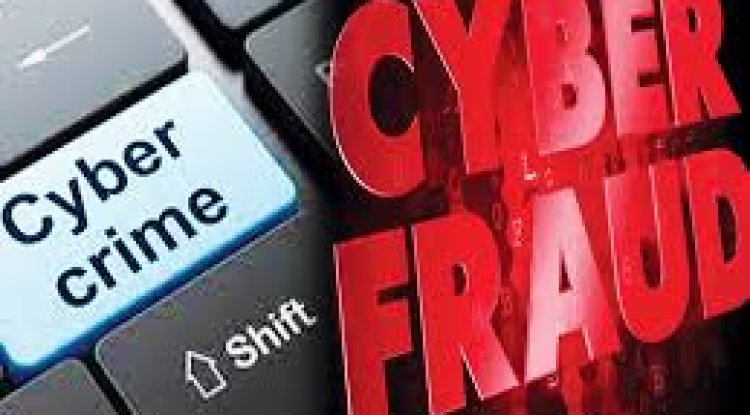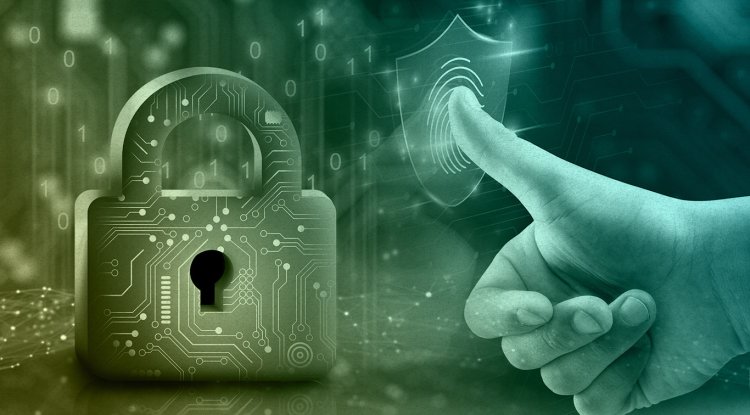Investigating the Future: Day 1 of International Forensic Science Week - CRIME SCENE
Any place where a crime has been committed or where evidence of the crime may be discovered is considered a crime scene. Because it includes the tangible evidence that aids in reconstructing what transpired, who was involved, and how the crime was committed, it serves as the foundation for an inquiry.
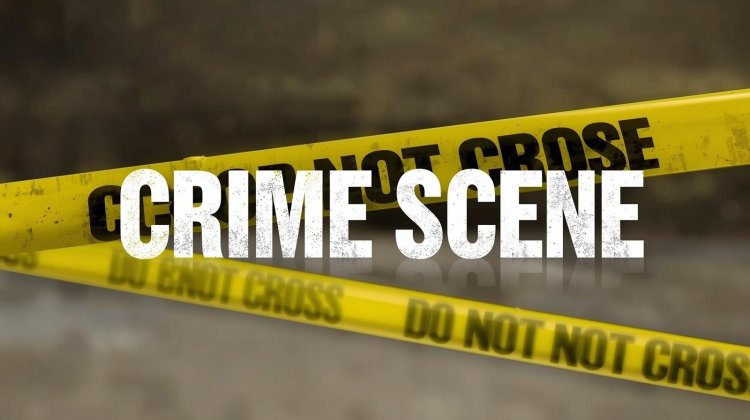
A crime scene is a location that is guarded and inspected by forensic specialists and law enforcement in order to find, gather, and preserve evidence that may be utilized in a court of law.
Types of Crime Scenes
1. Based on Location
-
Indoor Crime Scene
-
Crimes that occur inside a building (house, office, shop, hotel room).
-
Example: Burglary in a home, murder in a bedroom.
-
-
Outdoor Crime Scene
-
Open areas, more difficult to control due to weather, animals, and public access.
-
Example: Body found in a field, hit-and-run on a road.
-
-
Conveyance Crime Scene
-
In vehicles such as cars, buses, trains, ships, or airplanes.
-
Example: Murder inside a car, drug smuggling in a truck.
-
2. Based on Nature of Crime
-
Violent Crime Scene
-
Includes murder, assault, rape. Often has blood, body fluids, weapons.
-
-
Property Crime Scene
-
Theft, burglary, arson, vandalism.
-
-
Cybercrime Scene
-
Digital environment (computers, mobile phones, servers).
-
3. Based on Relationship to the Crime
-
Primary Crime Scene
-
The actual place where the crime occurred.
-
Example: A bank where robbery took place.
-
-
Secondary Crime Scene
-
Location containing related evidence but not where the crime happened.
-
Example: A suspect’s house where stolen goods are hidden.
-
4. Based on Condition of Scene
-
Organized Crime Scene
-
Carefully planned, offender leaves little evidence.
-
Example: Contract killing, professional burglary.
-
-
Disorganized Crime Scene
-
Unplanned, chaotic, lots of evidence left behind.
-
Example: Sudden murder during a fight.
-
Key Roles & Responsibilities of an Investigator
1. Securing and Managing the Crime Scene
-
Arrive first at the scene and protect it from contamination.
-
Ensure that only authorized personnel enter.
-
Establish a safe perimeter.
2. Observation and Documentation
-
Carefully observe the scene.
-
Take notes, photographs, sketches, and videos.
-
Record the initial condition of the scene for later reconstruction.
3. Evidence Collection
-
Identify potential evidence (blood, fingerprints, weapons, digital devices).
-
Collect, package, and label evidence properly.
-
Maintain chain of custody to ensure evidence is admissible in court.
4. Interviewing and Interrogation
-
Speak to witnesses, victims, and suspects.
-
Gather statements to understand timelines and events.
5. Analysis and Reconstruction
-
Work with forensic experts to analyze evidence (DNA, toxicology, ballistics).
-
Reconstruct the sequence of events (what happened, how, when, and who was involved).
6. Reporting and Testifying
-
Prepare detailed investigation reports.
-
Present findings in court as an expert or fact witness.
-
Defend evidence handling and procedures during cross-examination.
7. Coordination
-
Work with forensic scientists, medical examiners, prosecutors, and police teams.
-
Ensure that all parts of the investigation connect smoothly.
Crime Scene Management
-
Secure the Scene First responder ensures safety of people and prevents unauthorized entry. Protects evidence from being disturbed or destroyed.
-
Separate the Witnesses Keep witnesses apart to prevent them from influencing each other’s statements. Independent accounts are more reliable.
-
Scan the Scene Quickly survey the scene to determine where photographs should be taken. Helps identify primary and secondary crime scenes.
-
See the Scene Take photographs and videos of the overall areas Capture wide-angle views, close-ups of evidence, and surroundings.
-
Sketch the Scene Draw a rough sketch (later converted to a scaled sketch). Show positions of evidence, bodies, entry/exit points, and important objects.
-
Search for Evidence Systematic search using patterns (grid, line, spiral, quadrant). Locate all possible physical evidence.
-
Secure and Collect Evidence Proper collection, packaging, labeling, and sealing of evidence. Maintain chain of custody for court use.
Chain of Custody (CoC)
The documented and unbroken record that demonstrates the seizure, custody, control, transfer, analysis, and disposal of tangible or digital evidence is known as the Chain of Custody.
Key Elements of Chain of Custody
-
Collection – Who collected the evidence, when, and where.
-
Transfer – Every movement of the evidence must be recorded (from scene → lab → court).
-
Analysis – Who examined the evidence, what methods were used, and when.
-
Storage – Where and how the evidence was stored securely.
-
Presentation in Court – The final stage when evidence is submitted during trial.
Steps in Maintaining Chain of Custody
-
Labeling – Each item is labeled with details (case number, item number, collector’s name, date & time, location).
-
Sealing – Evidence is sealed in tamper-proof packaging.
-
Documentation – A CoC form/log is maintained, recording every handover.
-
Secure Storage – Evidence is kept in locked, controlled-access storage.
-
Minimal Handling – Only authorized persons handle evidence.
Forwarding Letter
When sending evidence to the Forensic Science Laboratory (FSL) for analysis, the Investigating Officer (IO) must formally write a "forwarding letter."
Purpose of a Forwarding Letter
-
To formally forward seized evidence from police to FSL.
-
To provide case details (FIR number, police station, investigating officer).
-
To list exhibits being sent.
-
To specify the type of forensic examination required.
-
To maintain the Chain of Custody.
Follow cyberdeepakyadav.com on
Facebook, Twitter, LinkedIn, Instagram, and YouTube
What's Your Reaction?







